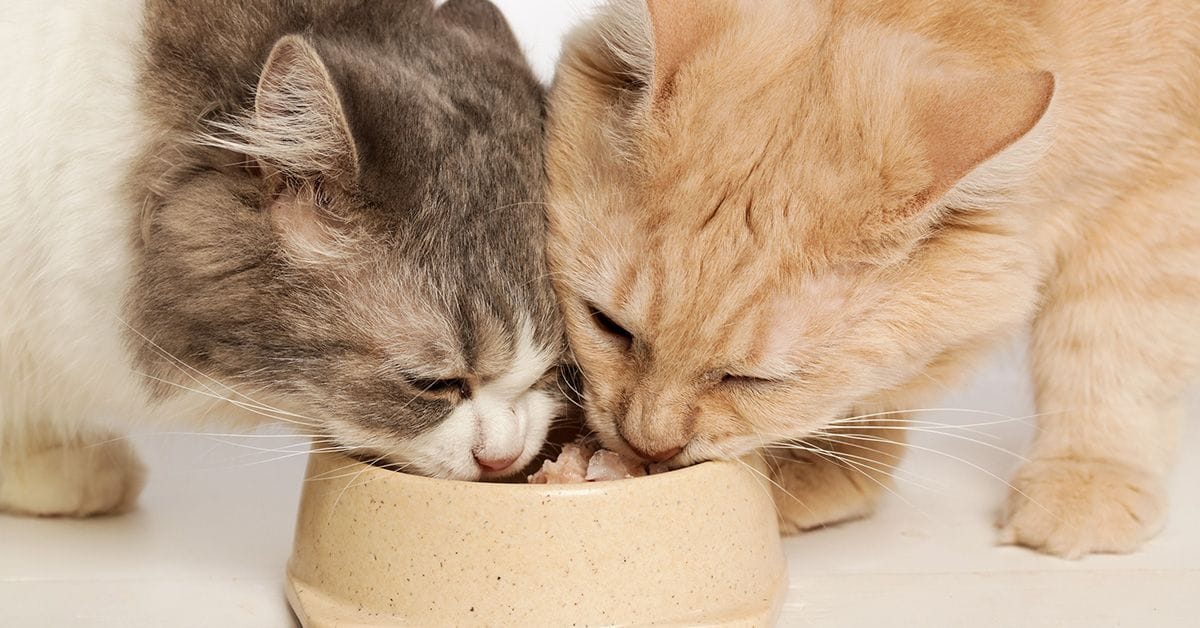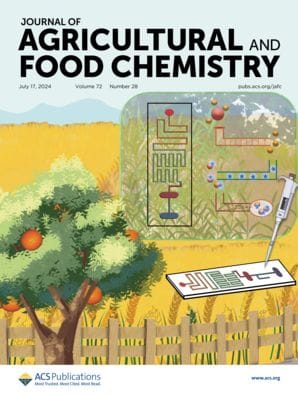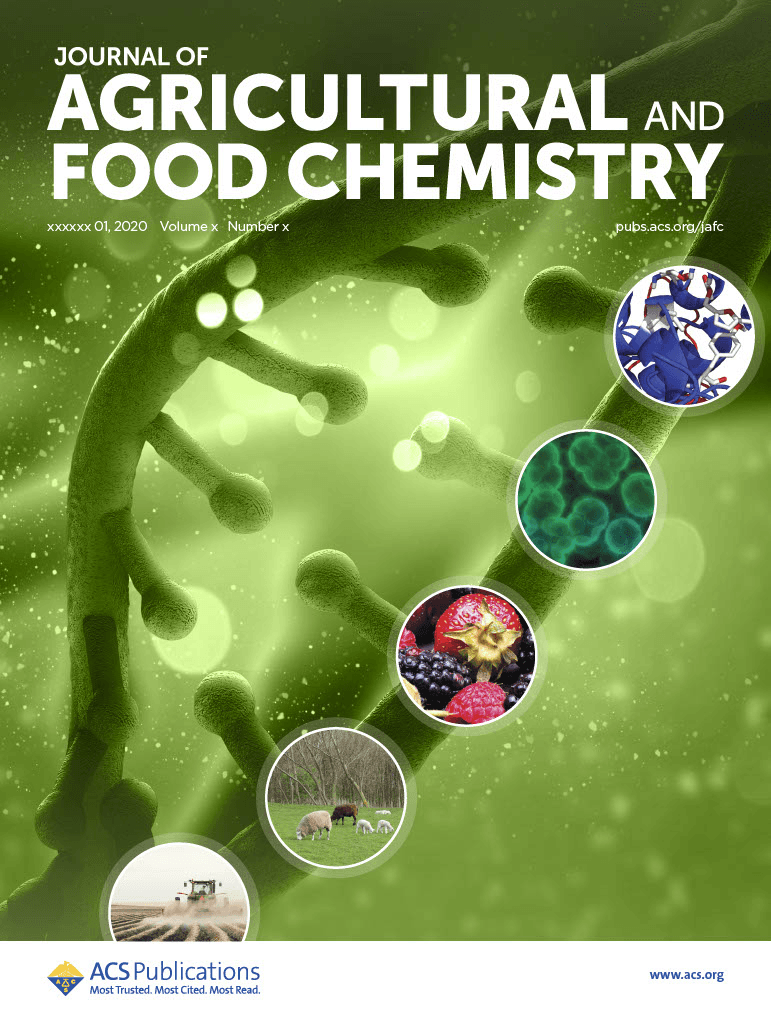Don’t be fooled by the purring feline on your lap—residing in your house is a fearsome hunter and apex predator. And each has their own preferences about what they would prefer to sink their teeth into.

Even when given ready and ample access to food, cats typically eat small portions throughout the day, mimicking natural feeding rhythms for hunters of small prey in the wild.1 Cats are obligate carnivores, which means that they require a diet primarily of meat-based protein to meet their nutritional needs—and like any of us, they have their unique food preferences. This biological necessity often manifests in their innate desire to hunt their food, especially those with more free-range access to yards or farmland. Many cat owners can relate to this instinctual drive, often discovering porch "gifts" or other remnants of their cats' prey after stints of outdoor exercise. And inside our homes, cats choose their food based on smell, taste, temperature, and texture, leading to some being tagged as fussy eaters when the only food available for an indoor cat is that which we provide.
To investigate the basis of pet cats' food preferences, a team of scientists in China set out to see whether different aroma compounds would have an impact on how palatable cats found various foods—with the understanding that cats have a highly evolved olfactory system that enables them to take many cues about a food and its nutritional value from its scent.
The researchers, who published their findings in the Journal of Agricultural and Food Chemistry, prepared four sprays by heating chicken liver proteins that were broken down to various degrees by the Maillard reaction. They then applied these sprays to four neutral cat foods made from corn and soy.2 The team analyzed how the breakdown of these proteins affected the release of certain amino acids and small protein pieces, identifying more than 50 volatile flavor compounds across the four sprays. The quantitative methodology was slightly adapted based on the work of a 2022 study by Huang et al., who had used it to investigate the volatile compounds in traditional Chinese steamed bread.3

Generation of Olfactory Compounds in Cat Food Attractants: Chicken Liver-Derived Protein Hydrolysates and Their Contribution to Enhancing Palatability
DOI: 10.1021/acs.jafc.4c02871
Analysis revealed significant differences among the 50 volatile flavor compounds identified—with 17 key flavor compounds responsible for distinguishing between the four cat foods. Some of these compounds, like nonanal and 3-octen-2-one, made the food more appealing, while others, like nonanoic acid ethyl ester, made it less appealing. The study also discovered that certain small peptides, or protein fragments, in the enhancers were linked to specific aroma compounds, influencing whether the cats liked the food or not.
The authors presented 10 cats with the four samples, alongside a control option, to see which they chose first as well as how much they consumed. They found that one particular enhancer, CF4, was the most appealing to cats, with more cats choosing it first and eating more of it compared to others. This spray contained proteins that had been further broken down by the enzymes and had higher levels of free amino acids. Overall, the foods that the cats liked best had more mushroom and fatty flavors, while the less popular options had more acidic and sweet-tasting compounds, likely due to fewer Maillard reactions.
Similarly for dogs, olfaction could be the key to palatability.4 Hexanoic acid, acetaldehyde, heptanone, butyl hexadecate, heptyl formate, and methylpyrazine have been shown to correlate with intake rate.5 Many of these heterocyclic compounds are known to contribute to roasted, meaty, nutty, and sweet flavors.
This research is more than just a "pet project." In the United States alone, dogs and cats consume 30% of all meat from intensively farmed animals.6 These findings could one day be critical for developing sustainable, nutritionally balanced cat foods that do not rely on traditional meat production, and which our fussy felines will still eat.
References
- Alegría-Morán, R.A. et al. Food Preferences in Cats: Effect of Dietary Composition and Intrinsic Variables on Diet Selection. Animals 2019, 9(6), 372.
- Wei, Y. et al. Generation of Olfactory Compounds in Cat Food Attractants: Chicken Liver-Derived Protein Hydrolysates and Their Contribution to Enhancing Palatability. J. Agric. Food Chem. 2024, 72, 28, 15906–15919.
- Huang, Y. et al. Variation of Volatile Compounds and Corresponding Aroma Profiles in Chinese Steamed Bread by Various Yeast Species Fermented at Different Times. J. Agric. Food Chem. 2022, 70, 12, 3795–3806.
- Yin, M. et al. Characterization of the Key Aroma Compounds in Dog Foods by Gas Chromatography–Mass Spectrometry, Acceptance Test, and Preference Test. J. Agric. Food Chem. 2020, 68, 34, 9195–9204.
- Chen, M. et al. Optimization of key aroma compounds for dog food attractant. Anim. Feed Sci. Technol. 2017, 225, 173–181.
- Okin, G.S. Environmental impacts of food consumption by dogs and cats. PLoS ONE 2017, 12(8), e0181301.
